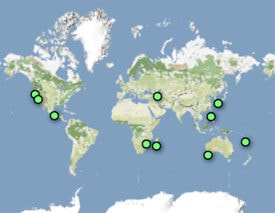Wonder
Giant Tingle Tree
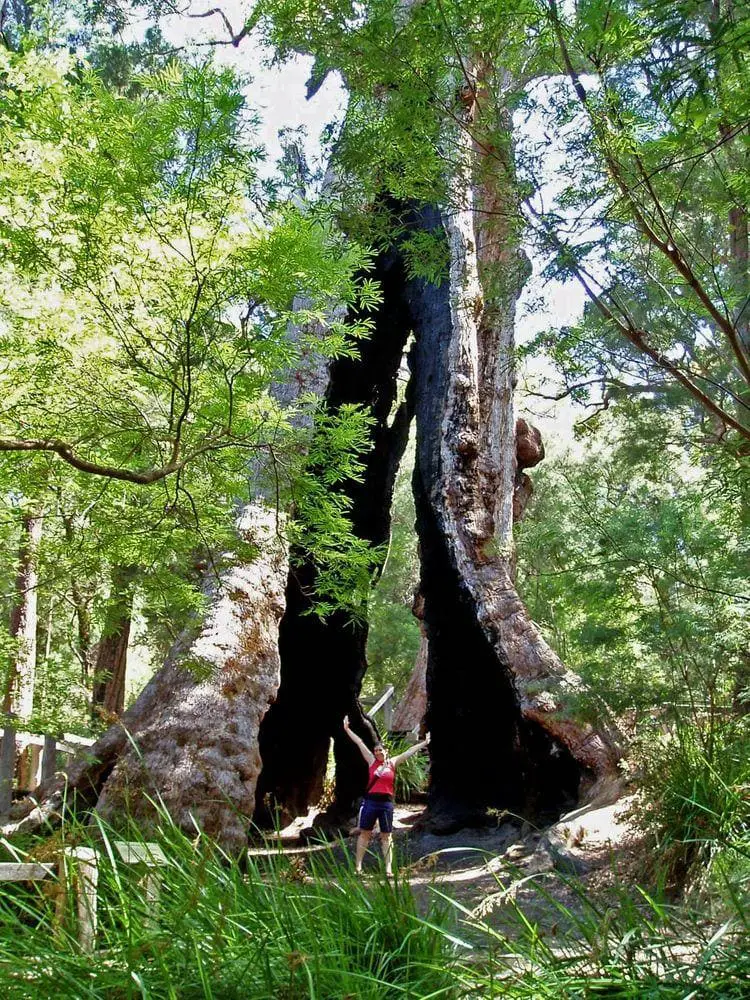
 In short
In short
In the southern part of Western Australia is found unique subtropical forest – Valley of the Giants. Here grow some of the largest trees in the world, including the Giant Tingle Tree.
 42.8%
42.8%
GPS coordinates
Location, address
Alternate names
Species
Height
Circumference
Diameter
Map of the site
If you see this after your page is loaded completely, leafletJS files are missing.
 In detail
In detail
Valley of the Giants
In the subtropical forest of eastern Australia and Tasmania grow many giant eucalypts, including such amazing landmarks as the 99.82 m tall Centurion. Western Australia in comparison to these lush lands might seem to be barren – but here also exist pockets of unique giant eucalypt forests.
The most impressive is Valley of the Giants. In fact, this is not a true valley but a sector of pristine forest in the beautiful Walpole – Nornalup National Park.
This is a truly unique forest, a relic of an ancient, more wet climate with numerous unique species of plants and animals. Here is the highest orchid diversity in Australia – 104 species, 37 plants from this area are exclusive – endemic. In the forest live some unique animals – such as the frog Geocrinia lutea or the relict species of spiders Moggridgea tingle and Micropholcomma linnaei (the last was discovered in the fallen leaves of Giant Tingle Tree). These species have not been frozen in time but evolved, adapted to the changing environment.
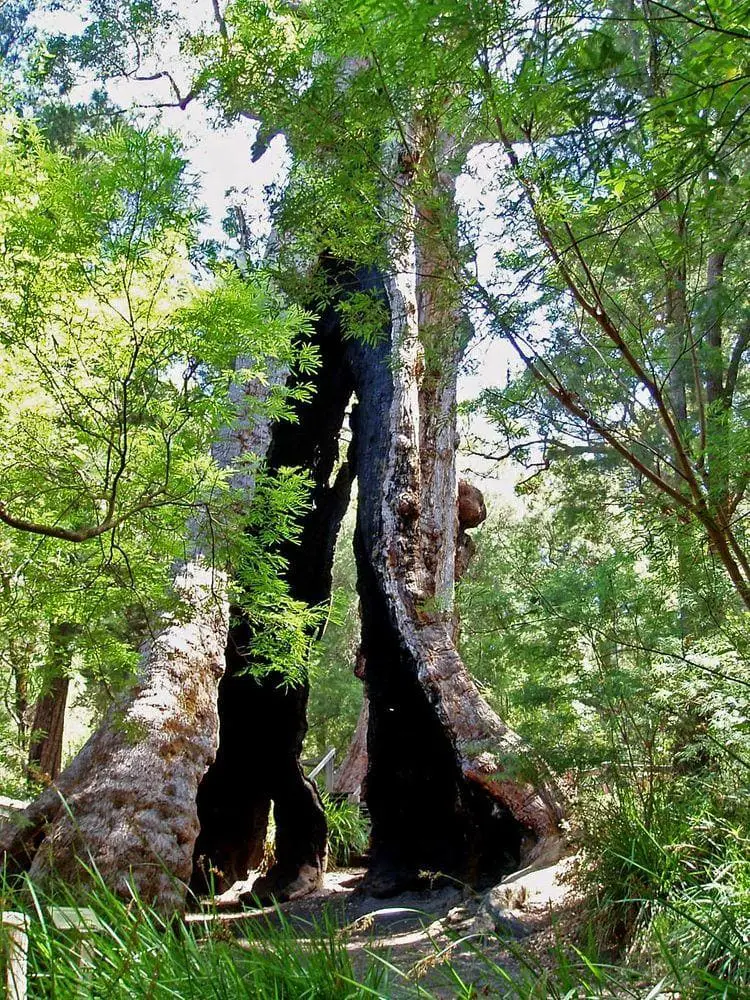
Red tingle
Most spectacular local species is red tingle (Eucalyptus jacksonii) – giant eucalypt. This tree is found almost exclusively in Walpole-Nornalup National Park and is a relict of former tropical forests. The tree has well adapted to local conditions – it grows in areas with comparatively high rainfall (up to 1,300 mm per annum) and frequent fires. Fire may burn out the trunk of the tree but it nevertheless survives – the outer rim of the trunk is well protected and continues to maintain the crown with water and nutrients. Valley of Giants (and also Giant Tingle Tree) has experienced forest fires in 1937 and 1951.
Red tingle is adapted also to solid granite bedrock – it has a shallow root system and the giant, up to 70 m tall tree is kept by a massive, buttressed trunk.
Mother of the forest – Giant Tingle Tree
There are rumors that earlier existed larger tingle trees – with a circumference up to 26 m. One enormous and popular tree (also often called Giant Tingle Tree) fell down in 1990.
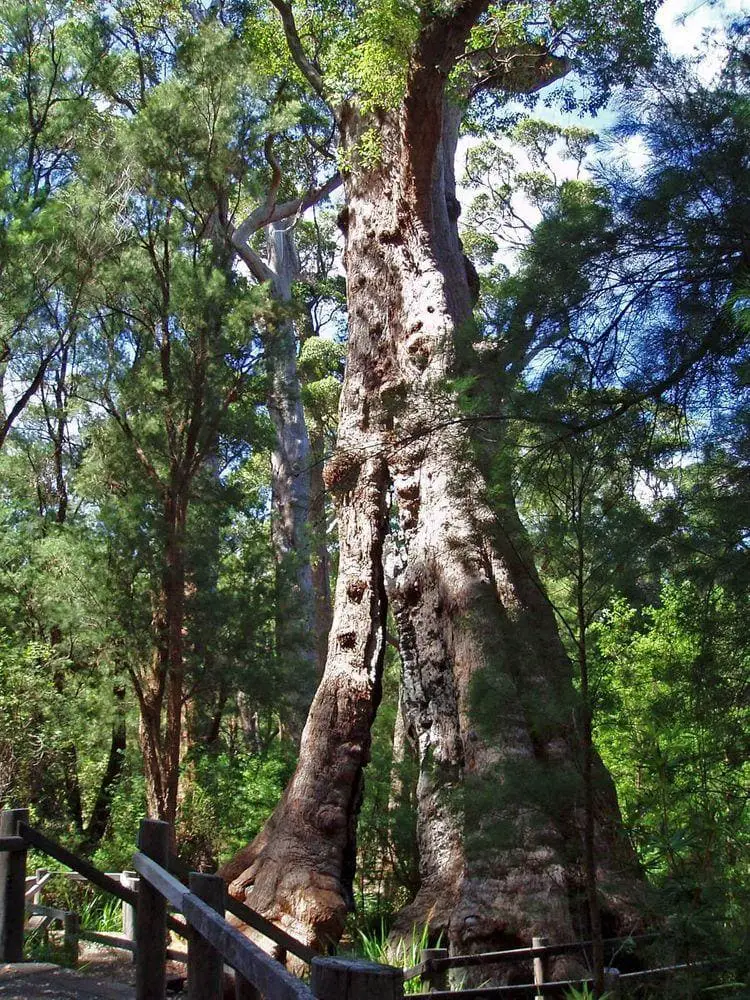
The current Giant Tingle Tree (“Hollow trunk”) was noticed by Ted Bellanger in 1952. In these times there was taken a photograph with a car inside the hollow.
This giant tree is very unusual – it is “emptied out” by a giant hollow. This hollow is some 15 m high and has been created by forest fires and further expanded by insects and fungus. Now in this hollow can enter one hundred people – and it still would not feel congested. The tree looks as if it may fall in the next storm but it miraculously stands and persists.
It is assessed that the Giant Tingle Tree is some 400 years old. The tree has lost the upper half of its trunk and thus is much lower than many other old red tingles. The upper branches of the tree are broken by winds and lightning.
Giant Tingle Tree is a popular tourist destination – not too far from it is located car park and there is an 800 m long circular walk towards the tree.
Not too far are other giant red tingle trees – “Pleated Lady” with a circumference of 18.6 m and height of 38 m, “Grey Bark” with a circumference of 17.0 m and height of 40 m, “Big Red” with a circumference of 16.5 m and height of 52 m.
References
- National Register of Big Trees. Accessed 29.07.14.
Giant Tingle Tree is included in the following list:
 Linked articles
Linked articles
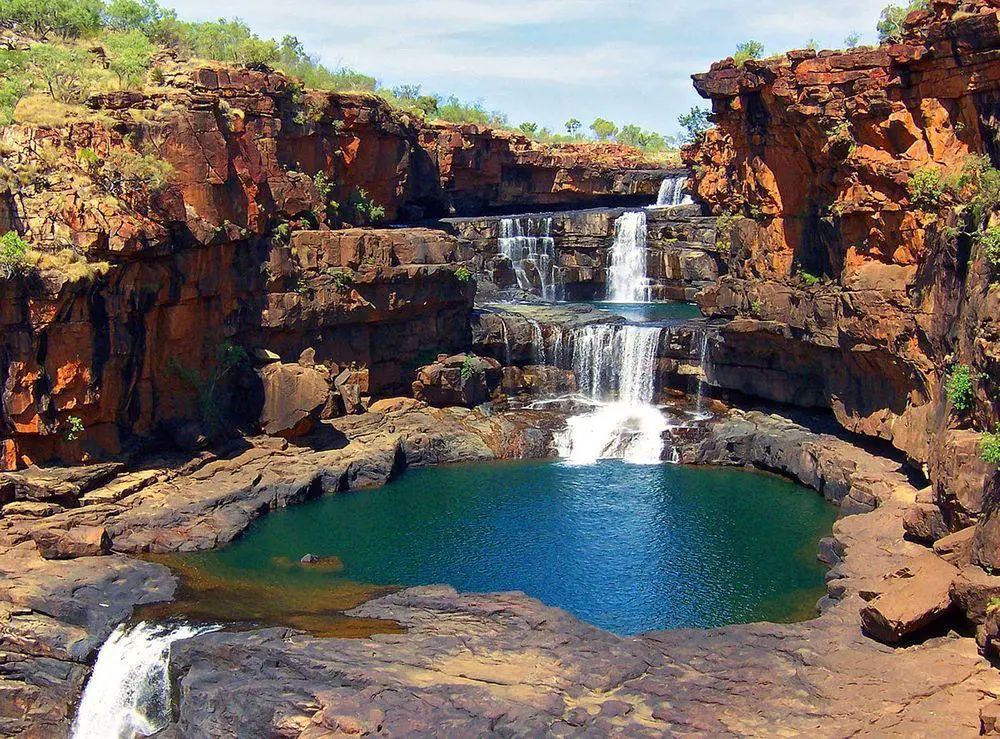
Wonders of Western Australia
This giant Australian state is spectacular and very rich with unusual landmarks. Highlights of Western Australia are refuges of biodiversity in remote parts of the desert, amazing cliff formations, and unique aboriginal art.

Wonders of Australia
The enormous and diverse area of Australia contains countless amazing and unique monuments. Parts of the country have not been thoroughly investigated and sometimes there are reported new, surprising finds.
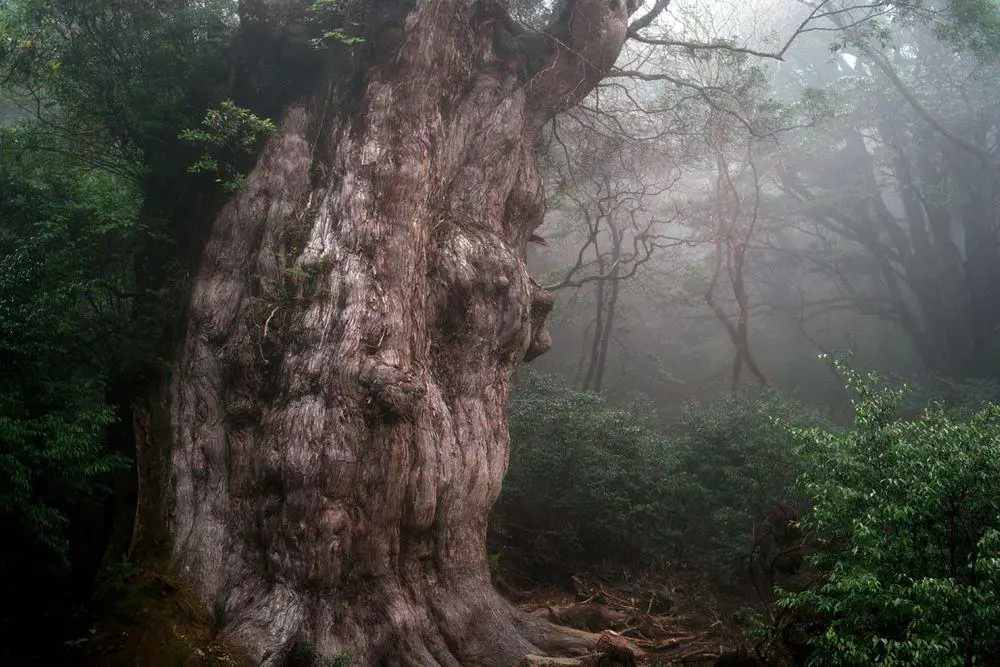
Trees
The category includes some of the most impressive and interesting separate trees in the world. The total number of tree species in the world still is a wild guess – maybe 10,000 and maybe 100,000 but most likely somewhere in between. Every month there are reported new tree species from the whole world, including Western Europe.
 Recommended books
Recommended books
Eucalypts: A Celebration
Eucalypts are a familiar part of Australia’s natural landscape and an integral part of the Australian identity. They have been farmed and used to build houses, furniture, roads, and bridges since the beginning of the white settlement. Australians and international visitors alike have been inspired by them, painted them, made films about them, written books about them, and of course, Aboriginal Australians have long made musical instruments from them.
Forest Trees of Australia
Forest Trees of Australia is the essential reference for observing, identifying, and obtaining information on the native trees in this country. It describes and illustrates over 300 of the most important indigenous trees, which have been carefully selected for their environmental significance, their importance to the timber industry, or their prominence in the landscape.

